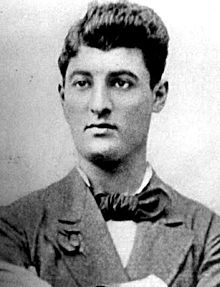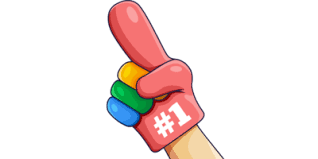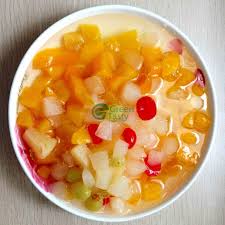Clear Idea.
Robert Scoble has a question he asks every interviewee for his video blogs: “Who are you?” Answers always included name and title, but as Mr. Scoble mostly interviews heads of start-ups, many of which are somewhat anonymous, the “Who are You?” question also elicits a brief boil down of the product or service.
If asked “Who Are Your?” my response would be Steve Poppe, brand planner. If speaking to people unfamiliar with brand strategy and brand planning I’d expand it with “I develop brand strategies that guide product development, customer experience and messaging.”
In my branding practice, nothing starts until we identify the product Is-Does. What a product Is and what a product Does. It’s branding 101. If the Is and the Does are not clear from the get-go you have a brand strategy problem. The Is-Does is mostly a functional description. It may not seem like a hard task, but it can be. Especially with first-of-a-kind products or services. It can also be hard for products with layered value propositions and for products in mature product categories introducing a new wrinkle or feature.
David Belasco, the famous theater producer, is credited with saying “If you can’t write your idea on the back of my business card, it’s not a clear idea.”
Get the Is-Does right and we can go to brand planning.
Peace.




